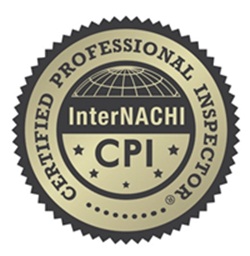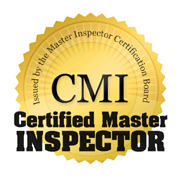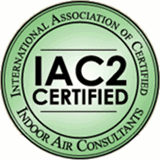Massachusetts Home Inspections YOUR INVESTMENT IS MY CONCERN

Carpenter Ants
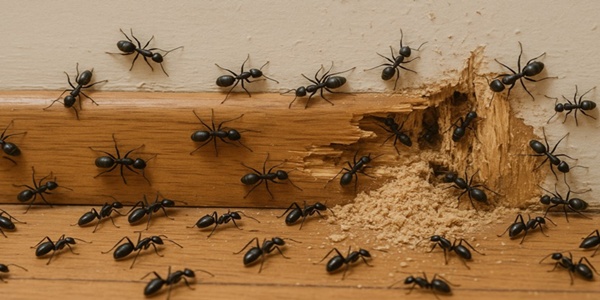
A Carpenter ant infestation in Massachusetts may not be as destructive as a termite infestation, but it still requires prompt attention to prevent structural damage caused by their tunneling. Unlike termites, ants do not consume wood for nutrition; instead, they excavate it to create nesting spaces. The displaced wood shavings are often used to construct partitions within their tunnels.
Most ant species establish their nests in moist, decaying wood around a home's perimeter. Common nesting sites include wood retaining walls, damp porches, decks, fascia boards, dead sections of standing trees, stumps, logs and wood landscape edging. While ants can burrow into both hardwood and softwood, they generally do not cause the same level of structural damage as termites.
WHAT CARPENTER ANT DAMAGE LOOKS LIKE
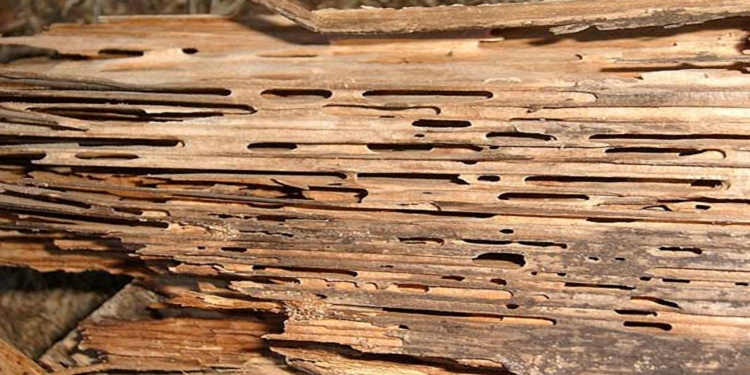
CARPENTER ANT PREVENTION
Effective carpenter ant control starts with structural and environmental modifications to reduce entry points and eliminate food and water sources.
✅ Begin by trimming any tree limbs that touch or overhang the roof, as carpenter ants can drop onto a structure from branches up to five feet above. Keep firewood stacks away from the house, just as you would to prevent termites.
✅ Seal cracks and gaps in the foundation, siding, windows, and doors with caulk. Additionally, install fine mesh screens over crawl space and attic vents to block potential entry points. Since ants need water to survive, eliminating moisture sources will make your home less hospitable. Repair any plumbing leaks, insulate sweating pipes, redirect air conditioner drains, and adjust sprinkler heads to prevent excess moisture near the foundation.
✅ Carpenter ants are especially attracted to damp wood. Keep all wood trim, decks, and exterior structures dry and well-maintained to deter infestations. Indoors and outdoors, maintain cleanliness by removing food sources such as sweets, grease, and crumbs that could attract ants.
✅ If you spot ant trails, use containerized baits along suspected paths and apply liquid bait into cracks and voids where ants are present. Initially, baiting may increase ant activity as workers gather the bait to bring back to the colony. Avoid killing ants during this time — the goal is for them to transport the bait to the nest for colony-wide elimination.
✅ Refrain from spraying insecticides after placing bait, as this can interfere with its effectiveness or kill worker ants before they deliver it to the colony. With patience, you should see a noticeable decline in ant activity over time.

Here is what my clients have to say about my home inspection services:
Press F5 (on your keyboard) for additional testimonials
Hi Dave,
I am writing to let you know how my home inspection went today in Tyngsboro. The inspection went well and we look forward in moving forward in purchasing our new home. What I am really writing about is to tell you how pleased I was with your work. You were very thorough and took your time on the inspection. As first time home buyers, you took some extra time to explain things that you didn't have to and it really was invaluable!
I have several friends and family members that are also getting ready to purchase homes, and I look forward to sharing my experience with your company with them. I will certainly be recommending Massachusetts Home Inspections and will speak highly of you and also share how pleased I was with the output of the inspection.
Best regards,
Crystal F.


